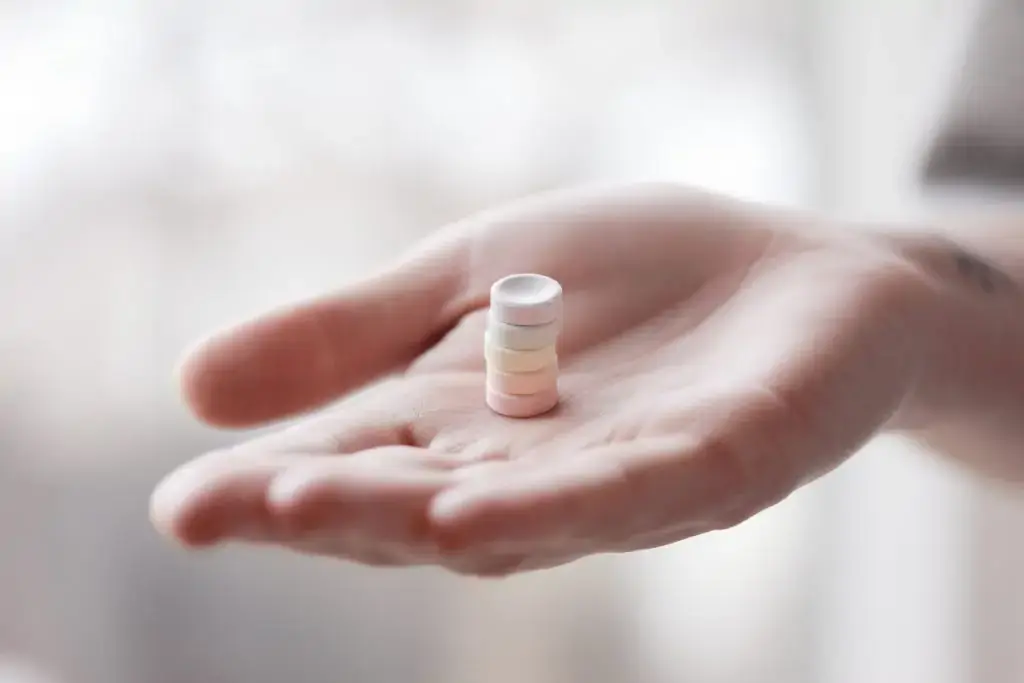Full breath: breast disease
Symptoms of breast disease are very common and cause 15 million doctor visits annually. Fortunately, 90% of the symptoms have benign causes, but they also pose a risk to a woman’s health as they are capable of leading to cancer. Read our new article about breast pathology and fear symptoms.
Breasts are an indicator of the hormonal situation
The condition of women’s breasts depends on the balance of 16-30 hormones. If these hormones are balanced, then there are no problems with the breast. If the balance is disturbed, there are changes. Initially, they are pitiful, for example, pain before menstruation (premenstrual syndrome). This syndrome usually goes away after the onset of menstruation. If the pathological process goes on, then there are various changes. Such as the formation of cysts, enlargement of the ducts. And so to tumours – both benign (fibroadenomas) and cancer.

Factors that cause breast disease
There are many causes for the development of pathologies, and at the same time, there is no one that could 100% of cases lead to the development of malignant neoplasms. The combination of many factors leads to the emergence of a tumour. Among them are the following:
Age
Particularly attentive to themselves should be women over the age of forty, as breast cancer is more commonly found between the ages of 40 and 60 (about 50% of all cases).
Heredity
In the presence of breast cancer in close relatives (especially at a young age), the woman should monitor herself especially carefully, since the risk of detecting a tumour in her 2.5 – 5 times higher.
Physical breast injuries
Mental injury (stress)
Nutrition
Excessive consumption of animal fats, high-calorie foods, lack of vitamins (especially A, E, C), obesity also increases the risk of developing cancer.
Fault in the childbearing function of the woman
These include early, up to 12 years, the onset of menstruation and late menopause (after 53 – 55 years), late first births (26 years and older) and general births after 40 years, low number of births, short breastfeeding, frequent abortions. Also, inflammation uterine appendages, frigidity, primary infertility, irregularity and late-onset of sexual life, postponed lubrication.
Disorders of the liver, thyroid gland, ovaries
Poor water and air quality
Increased ionizing radiation
Bright light
There has been little research on this factor. However, it has been shown that women who work with bright light have an increased risk of breast cancer (increases in the production of melatonin hormones, followed by estrogens and prolactin).
Vitamin D deficiency
In a comparative study of women from the north and south, it was found that vitamin D may reduce the risk of breast cancer. However, research is ongoing.
Hypodynamia
It has been noted that a lack of physical activity increases the risk of breast cancer.

The combination of several negative factors increases the risk of the disease.
Hormone-dependent diseases
Breast pathologies caused by hormone imbalances are called mastopathies or dyshormonal hyperplasia. In total there are 16-18 of them. Of these, 4 are surgically treated: fibroadenoma, a nodal form of the fibrocystic disease, cyst with internal growths and “bleeding” nipple (intra-ductal papillomatosis). The need for operations is explained by two reasons. First, there are no drugs that absorb such benign formations. Second, more importantly, a small percentage of these neoplasms develop into cancer over time.
If mastopathy is not treated, the risk of breast cancer increases by 2-3 times. In the case of overt hormonal disorders, the mammalian often recommends treatment with a gynaecologist-endocrinologist.
Malignant tumours
Breast cancer is an epithelial breast tumour that originates from lobules or ducts. Breast tumour is the most common cancer in women.
There are hereditary and sporadic types of breast cancer. What does it mean? If the patient has close relatives with breast or ovarian cancer, she is advised to be tested for the so-called BRCA-1, BRCA-2 gene. Women with positive test results are at risk and should have a more frequent and thorough examination of the mammary glands and ovaries.
Regular visits to a gynaecologist and mammologist, mammary ultrasound will help prevent misery. Modern equipment allows to detect pathological changes in the early stages, and qualified doctors to choose the most effective treatment tactics.









